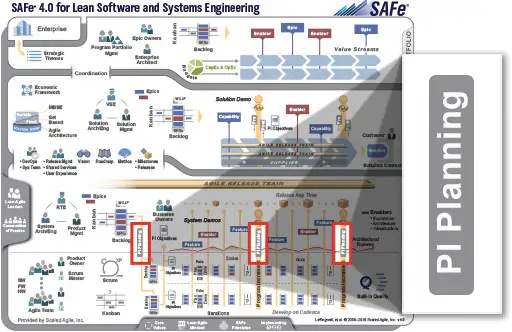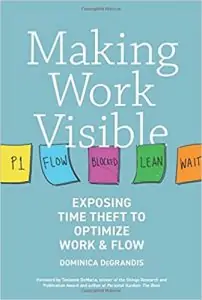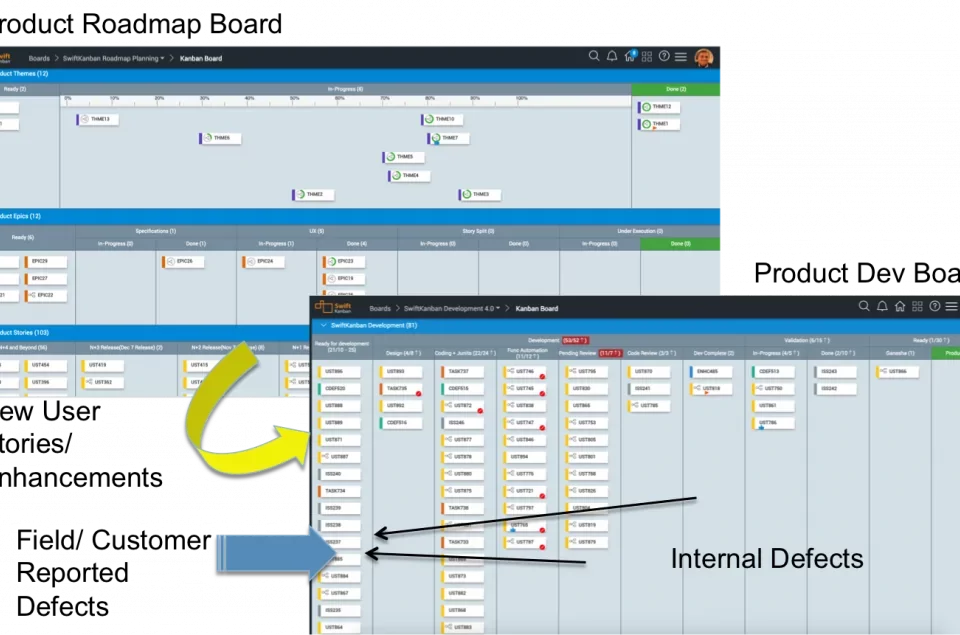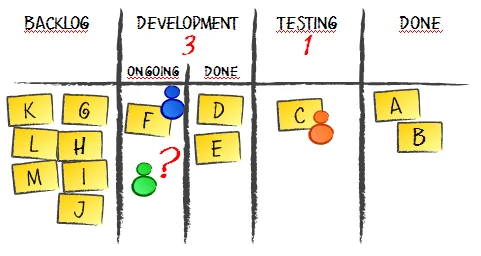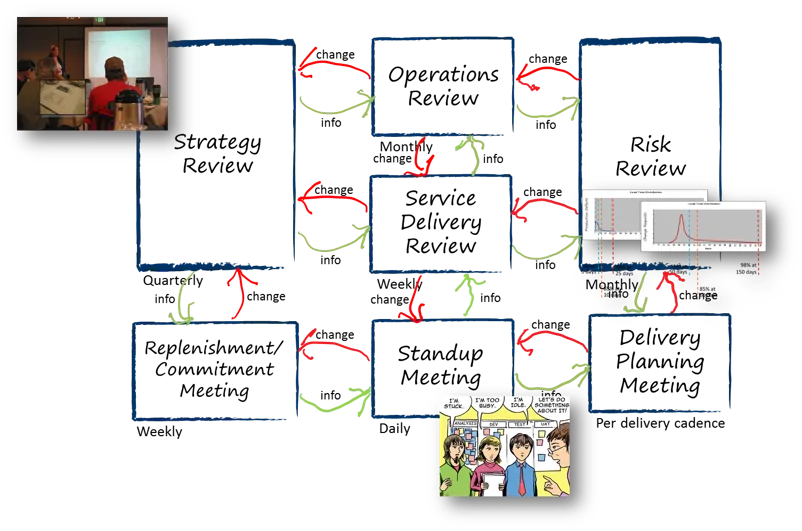- Filter by
- Categories
- Tags
- Authors
- Show all
- All
- Ágil 101
- agile
- Books
- Brochuras
- continuous improvement
- DAD
- Defect Management
- development
- Enterprise Kanban
- Iinfográfico
- Kanban
- Kanban 101
- Kanban board
- kanban cadences
- Kanban in Marketing
- Kanban Tool
- Lean
- Lean Software Development
- Lean/ Kanban
- LeSS
- marketing management
- PI Planning
- PKFLOW
- Program Increment
- Release Train Engineer
- Replenishment Meeting
- SAFe
- Scaled Agile
- Scaled Agile Framework
- Scaling Agile
- Scrum
- Scrumban
- Test Management
- user story
- Visual Project Management
- Whitepapers
- All
- Muhammad Raza
- Anadi Misra
- Andrea Fryrear
- Repaka Anjana Likitha
- Anitej Rao
- Ashwin Swarup
- Ashwini Lalit
- Anshuman Singh
- Bhaskar S
- Bhavesh Siddamsettiwar
- Raghunath Basavanahalli
- Bash Sarmiento
- Bravin Wasike
- Burkhard Berger
- Carlos Schults
- Christina Sookram
- Christophe Achouiantz
- David Anderson
- Dave White
- Elizabeth Harrin
- Emily Shaw
- Emma Becker
- Florian Boldt
- Team Infosec
- Joaquin Aceron
- Jim Benson
- Julia Wester
- Karan Gadani
- Kshipra Bhat
- Linsa Saji
- Mahesh Singh
- Manikandan R
- Marjan Venema
- Masa K Maeda
- Mike Burrows
- Navin Anand
- NimbleWork PR
- Nishanth Mittu
- Niveditha Reddy
- Natalia Manha
- Priyank Parekh
- Ram Subramanian
- Rumyana Dancheva
- Roman Shvydun
- Rupal Kaushik
- Sai Prasanth M K
- Siddharth Dutta
- Simli Saha
- Srilekha Joshi
- Subhajit Sengupta
- Sudipta Lahiri
- Sunita Vyas
- Team ESG
- Varsha S
- Zach Watson
abril 26, 2021
Published by Kshipra Bhat on abril 26, 2021
Categories
Em setembro passado, como novo membro da equipe de Marketing da Digité, eu estava me esforçando para entender os produtos da Digité e o espaço em que nos encontramos.
abril 26, 2021
Published by Anshuman Singh on abril 26, 2021
Categories
 Personal productivity and time management tools/methods have always been a subject of interest. Numerous methods and tools have been developed over the years. However, few seem to stick over time. Given that any tool or method needs a certain level of discipline at an individual level, is there a method that can really help you manage better, visualize what you need to do and most importantly, stick? In this blog, I am going to share my own experience of tackling this challenge.
Personal productivity and time management tools/methods have always been a subject of interest. Numerous methods and tools have been developed over the years. However, few seem to stick over time. Given that any tool or method needs a certain level of discipline at an individual level, is there a method that can really help you manage better, visualize what you need to do and most importantly, stick? In this blog, I am going to share my own experience of tackling this challenge.abril 26, 2021
Published by Anshuman Singh on abril 26, 2021
Categories
Desde a chegada do Scale Agile Framework ao mercado mundial, houve comparações repetidas entre os frameworks Scrum e SAFe®.
abril 26, 2021
Published by Kshipra Bhat on abril 26, 2021
Categories
Você é novo no Kanban? Ou você acabou de construir seu primeiro quadro Kanban? Ou já é um especialista em Kanban? Independentemente de onde você esteja em sua jornada Kanban, aqui está uma lista abrangente dos principais livros Kanban.
abril 26, 2021
Published by Mahesh Singh on abril 26, 2021
Categories
Recently, there was an interesting problem posed on a project management discussion board. The questioner asked -
“I have recently joined a company and to one of the projects that I'm engaged we have this Scrum team that has a mixed backlog (USs and Bugs).
abril 26, 2021
Published by Mahesh Singh on abril 26, 2021
Categories
In a recent post on a technical forum, a Dev manager had the question (paraphrased here) - My organization wants to operate in a Kanban way but maintain the structure of sprints and burn down charts to keep track of progress. Is it ok to do? Is Scrumban the correct methodology? If so, what is the best way to implement it?
abril 21, 2021
Published by Mahesh Singh on abril 21, 2021
Categories
Em 2015, em um post de blog chamado Kanban Cadences, David Anderson apresentou um conjunto de 7 cadências Kanban ou reuniões que oferecem oportunidades abrangentes para feedback, planejamento e revisão em uma empresa.


